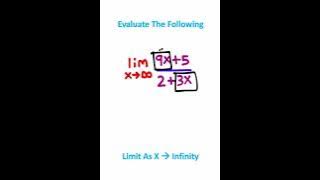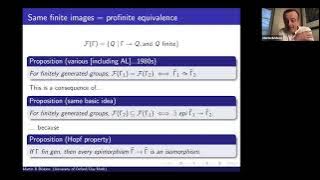Finite differences | Numerical differential equations | Non-Newtonian calculus | Linear operators in calculus | Numerical analysis | Factorial and binomial topics | Mathematical analysis
Finite difference
A finite difference is a mathematical expression of the form f (x + b) − f (x + a). If a finite difference is divided by b − a, one gets a difference quotient. The approximation of derivatives by finite differences plays a central role in finite difference methods for the numerical solution of differential equations, especially boundary value problems. The difference operator, commonly denoted is the operator that maps a function f to the function defined by A difference equation is a functional equation that involves the finite difference operator in the same way as a differential equation involves derivatives. There are many similarities between difference equations and differential equations, specially in the solving methods. Certain recurrence relations can be written as difference equations by replacing iteration notation with finite differences. In numerical analysis, finite differences are widely used for , and the term "finite difference" is often used as an abbreviation of "finite difference approximation of derivatives". Finite difference approximations are finite difference quotients in the terminology employed above. Finite differences were introduced by Brook Taylor in 1715 and have also been studied as abstract self-standing mathematical objects in works by George Boole (1860), L. M. Milne-Thomson (1933), and (1939). Finite differences trace their origins back to one of Jost Bürgi's algorithms (c. 1592) and work by others including Isaac Newton. The formal calculus of finite differences can be viewed as an alternative to the calculus of infinitesimals. (Wikipedia).



















